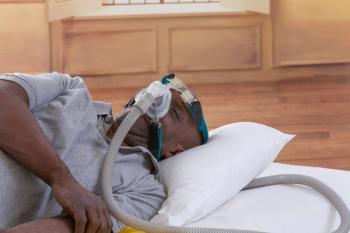
CHIP Funded for 6 Years in Stopgap Bill That Reopens US Government
The Children’s Health Insurance Program (CHIP) was funded for 6 years, through fiscal year (FY) 2023, under a deal worked out between Senate Majority Leader Mitch McConnell, R-Kentucky, and Senate Minority Leader Charles Schumer, D-New York.
The Children’s Health Insurance Program (CHIP) was funded for 6 years, through fiscal year (FY) 2023, under a deal worked out between Senate Majority Leader Mitch McConnell, R-Kentucky, and Senate Minority Leader Charles Schumer, D-New York.
The CHIP funding was included as part of a stopgap spending measure to reopen the US government and allow federal employees back to work as early as Tuesday. The stopgap measure expires February 8.
Senators voted 81-18 to approve the measure after McConnell promised to allow an immigration bill to reach the floor next month. After the Senate vote, the House voted on it again, and it headed to President Donald Trump’s desk, who could sign it Monday night.
Senate Finance Committee Chairman Orrin Hatch, R-Utah, also said in a statement the bill passed by the Senate delays 3 taxes included in the Affordable Care Act: the medical device tax through 2019, the so-called Cadillac tax through 2021, and the Health Insurance Tax (HIT) in 2019.
The
CHIP, which expired on September 30, 2017, covers 8.9 million children through Medicaid or other state-administered plans. Despite a history of bipartisan support from Congress, the legislature passed only a
CHIP, which is jointly funded by states and the federal government, would see an enhanced federal matching rate at 23% through FY 2019, change to 11.5% for FY 2020, and return to 0% or a traditional CHIP matching rate for fiscal years 2021, 2022 and 2023.
Hatch said it would also create protections and flexibility under the maintenance-of-effort provision.
In a statement, Colleen Kraft, MD, FAAP, president of the American Academy of Pediatrics,
Newsletter
Stay ahead of policy, cost, and value—subscribe to AJMC for expert insights at the intersection of clinical care and health economics.













































